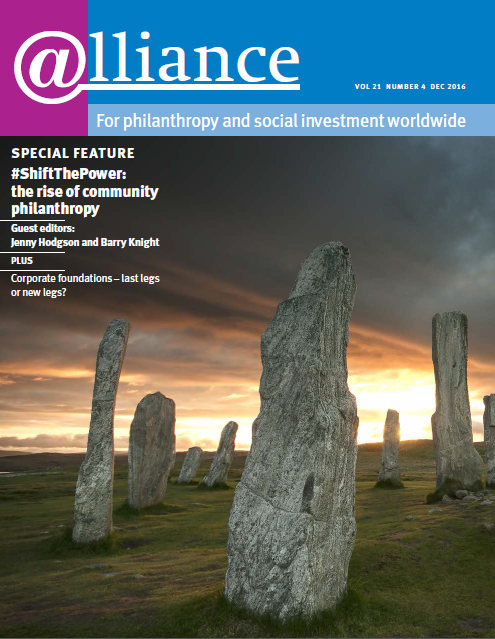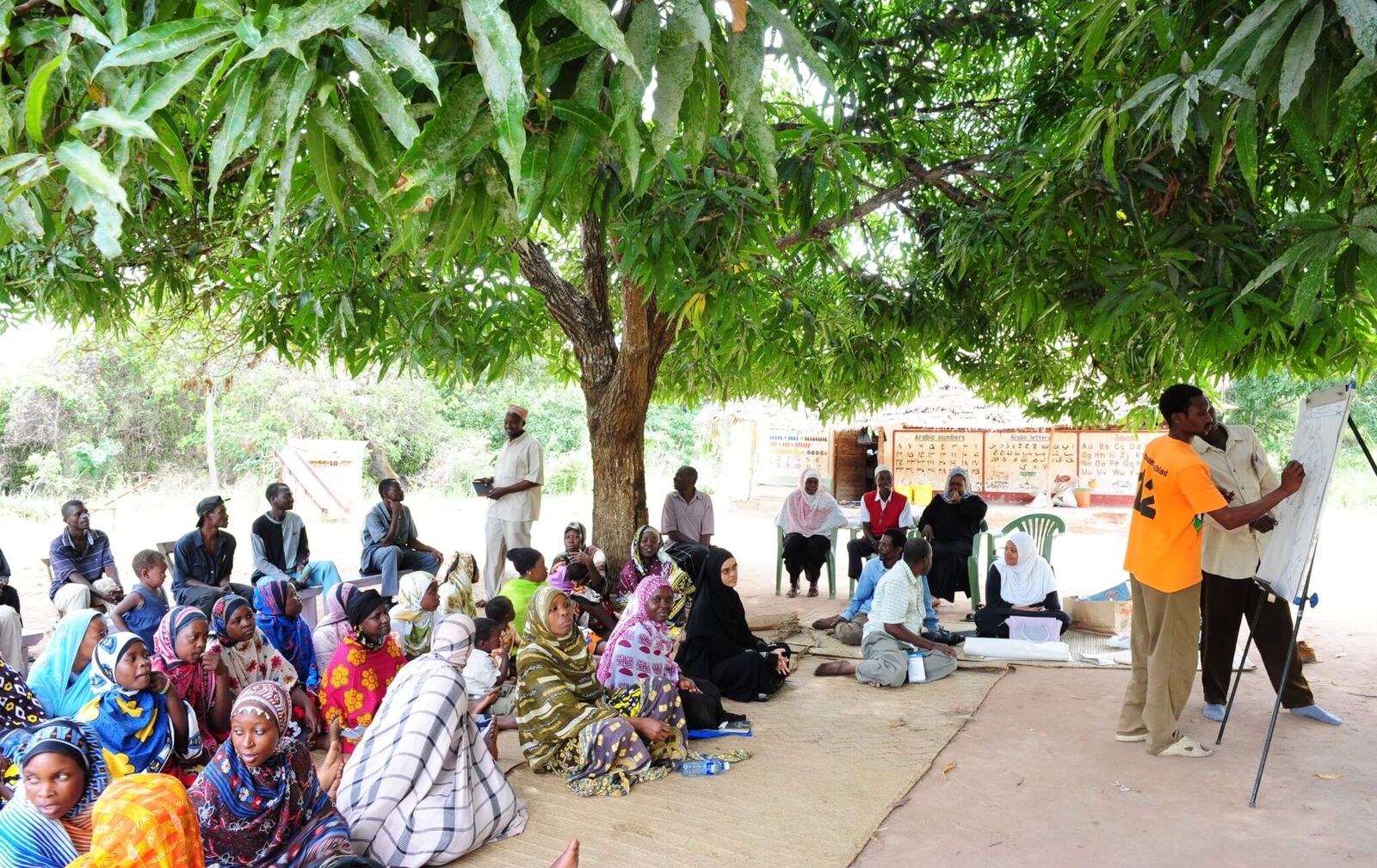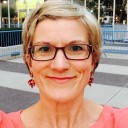In September 2014, the United States Agency for International Development (USAID), the largest bilateral donor in the world, joined the Global Alliance for Community Philanthropy. The main purpose of joining was to generate greater understanding of the dynamics that sustain civil society, but USAID also recognized in community philanthropy the importance of trust, assets and capacity to foster sustainability; the emphasis on local leadership and empowerment; joint discovery of what works; and the subtle shift in power when we partner with organizations that hold their own resources.
Sustainability of development results is central to USAID’s mission. It has invested significantly in pursuing local ownership and sustainability through the Local Solutions initiative, which aims to support societies that plan, implement, and resource their own development which is inclusive and accountable. That effort was buttressed by the publication in 2014 of Local Systems: A framework for supporting sustained development, which views sustainability as stemming from the actions of an interconnected set of actors who jointly produce a development result. Very recently, USAID revised its official guidance to staff, making sustainability through local ownership a core principle in the design and implementation of our development programmes.
The Local Systems Framework, and its incorporation into USAID principles of project design, has reinforced the need for USAID officers to devote greater attention to dynamics of local ownership of development efforts. This creates a great vantage from which to apply a community philanthropy voice, which speaks powerfully about trust and relationships within a community and how those influence its ownership of development efforts to benefit that community.
For example, in Kenya, the Yetu programme is exploring ways of leveraging local fundraising, taking the core principles of community philanthropy and applying them to a wider set of civil society partners. More broadly, similar precepts are part of USAID’s emphases on self-reliance and resilience in food security and health programming around the globe.
Moreover, community philanthropy can help to counter legislation that is inimical to civil society, refuting the pernicious narrative that civil society organizations (CSOs) do not authentically come from or represent citizens, and mitigating dependence on foreign funding. As part of democracy programming aiming to spur active citizenship, USAID has engaged with community foundations in Bosnia and in Serbia, and over the years they have thrived, and supported a more general culture of philanthropy, thanks to their deep roots.
In many cases, community philanthropy partners are more focused on empowering the community than on addressing particular issues, while USAID funding is oriented to addressing specific challenges.
However, despite these advantages, there are difficulties in USAID mainstreaming a community philanthropy perspective. Restrictions on our funding mean that it cannot in most cases be legally provided to form an endowment. More fundamentally, USAID funding priorities are shaped by political considerations and some of these priorities can more easily employ a community philanthropy approach than others.
The scale at which USAID operates can be an obstacle to leveraging community philanthropy simply in terms of funding levels and management requirements. Further, staff are used to working within our traditional results management incentives and approaches, which do not always fit with community philanthropy on a practical level, such as how we evaluate proposals and select partners or how we aggregate and report results. In many cases, community philanthropy partners are more focused on empowering the community than on addressing particular issues, while USAID funding is oriented to addressing specific challenges.
Despite the barriers, there are many places where staff are experimenting with these ideas and our updated guidance provides a new opportunity for principles related to community philanthropy to be mainstreamed. There is ample room for community philanthropy to grow within USAID, less as a practice area in its own right and more as an approach that can inform how USAID does its work.
David Jacobstein is a member of USAID’s Cross-Sectoral Program Division. Email djacobstein@usaid.gov








Comments (0)